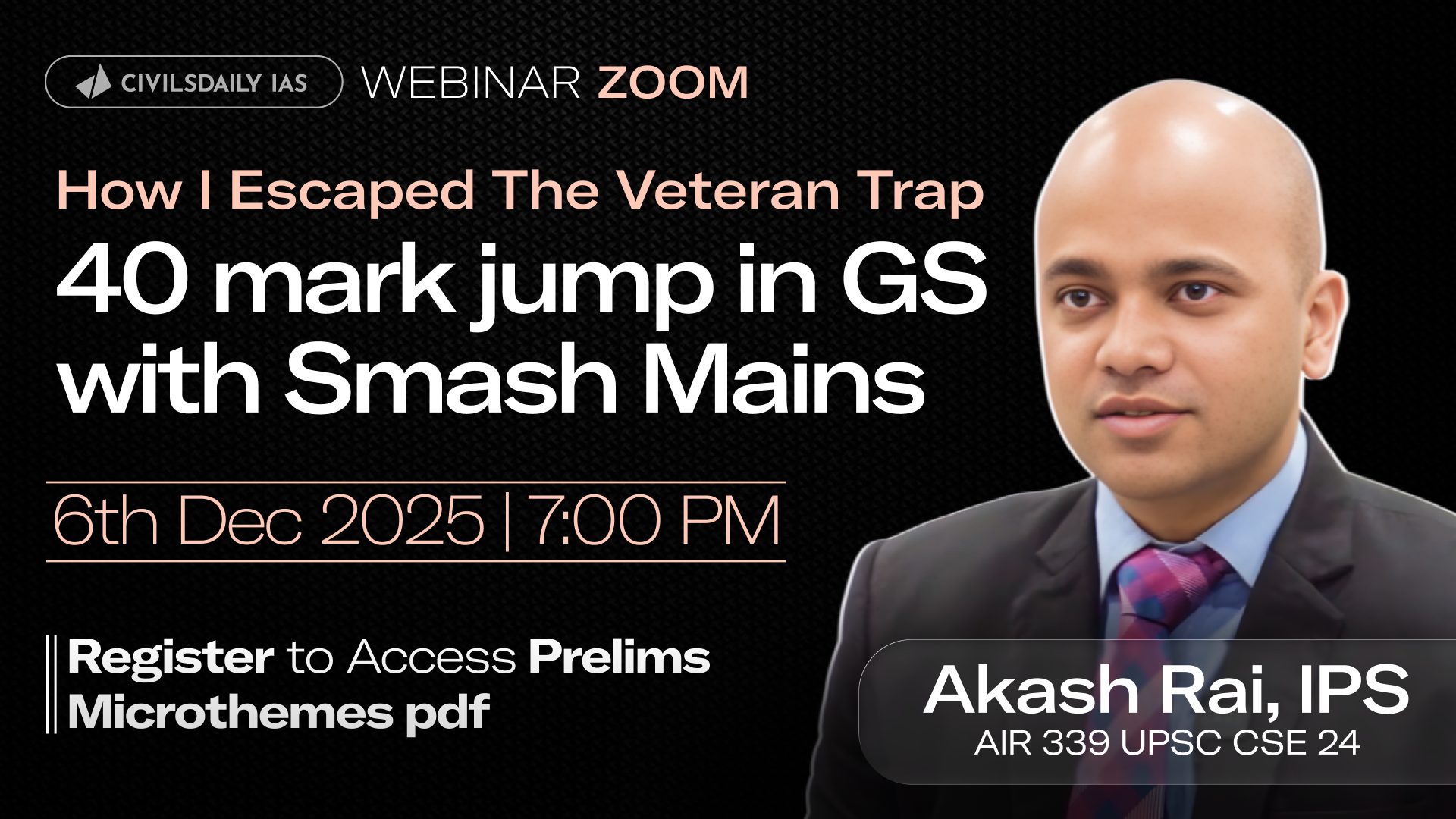Note4Students
From UPSC perspective, the following things are important :
Prelims level: Public Order
Mains level: Hijab Row
The Karnataka High Court is hearing a challenge to the constitutionality of the state government’s ban on students wearing a hijab in educational institutions. The judges heard an argument on whether the state can justify the ban on the ground that it violates ‘public order’.
What is Public Order?
- Public order is one of the three grounds on which the state can restrict freedom of religion.
- It is also one of the grounds to restrict free speech and other fundamental rights.
- Article 25 of the Constitution guarantees to all people’s right to freedom and conscience and the right freely to profess, practise and propagate religion subject to public order, morality and health.
Who can check it?
- Public order is normally equated with public peace and safety.
- What affects public order is contextual and is determined by the state.
- According to List 2 of the Seventh Schedule of the Constitution, the power to legislate on aspects of public order rests with the states.
How does it relate to the hijab ban?
- According to the government order issued under the Karnataka Education Act, 1983, “public order” is one of the reasons for not allowing students to wear a headscarf in educational institutions along with “unity” and “integrity”.
- The petitioners have asked the state to show how the mere wearing of a hijab by students could constitute a public order issue.
- Another argument made is that the government cannot delegate the power to college committees the function of determining whether the hijab was detrimental to public order.
- The government order states that while individual college committees are free to determine the uniform, in the absence of such rules the government order banning the headscarf would apply.
- Only the government can make an assessment of public order.
How has the state responded?
- The government order makes no mention of “public order” and that the petitioners reading of the order could be an error in translation.
- The order, in Kannada, uses the words “sarvajanika suvyavasthe”.
- Incidentally, the official Kannada translation of the Constitution uses “sarvajanika suvyavasthe” for “public order” in all nine instances.
How has public order been interpreted by courts?
- Courts have broadly interpreted it to mean something that affects the community at large and not a few individuals.
- In Ram Manohar Lohia vs State of Bihar (1965), the Supreme Court held that in the case of ‘public order’, the community or the public at large have to be affected by a particular action.
- One has to imagine three concentric circles:
- the largest representing ‘law and order’
- the next representing ‘public order’ and
- the smallest representing ‘security of State’
Arguments against the K’taka Order
- In the Karnataka case, the petitioners have argued:
- Public order is not every breach of law and order.
- Public order is an aggravated form of disturbance that is much higher than a law and order issue.
Conclusion
- Thus it is evident that wordplay is given more cognisance over the interpretation of constitution.
UPSC 2022 countdown has begun! Get your personal guidance plan now! (Click here)
Get an IAS/IPS ranker as your 1: 1 personal mentor for UPSC 2024

